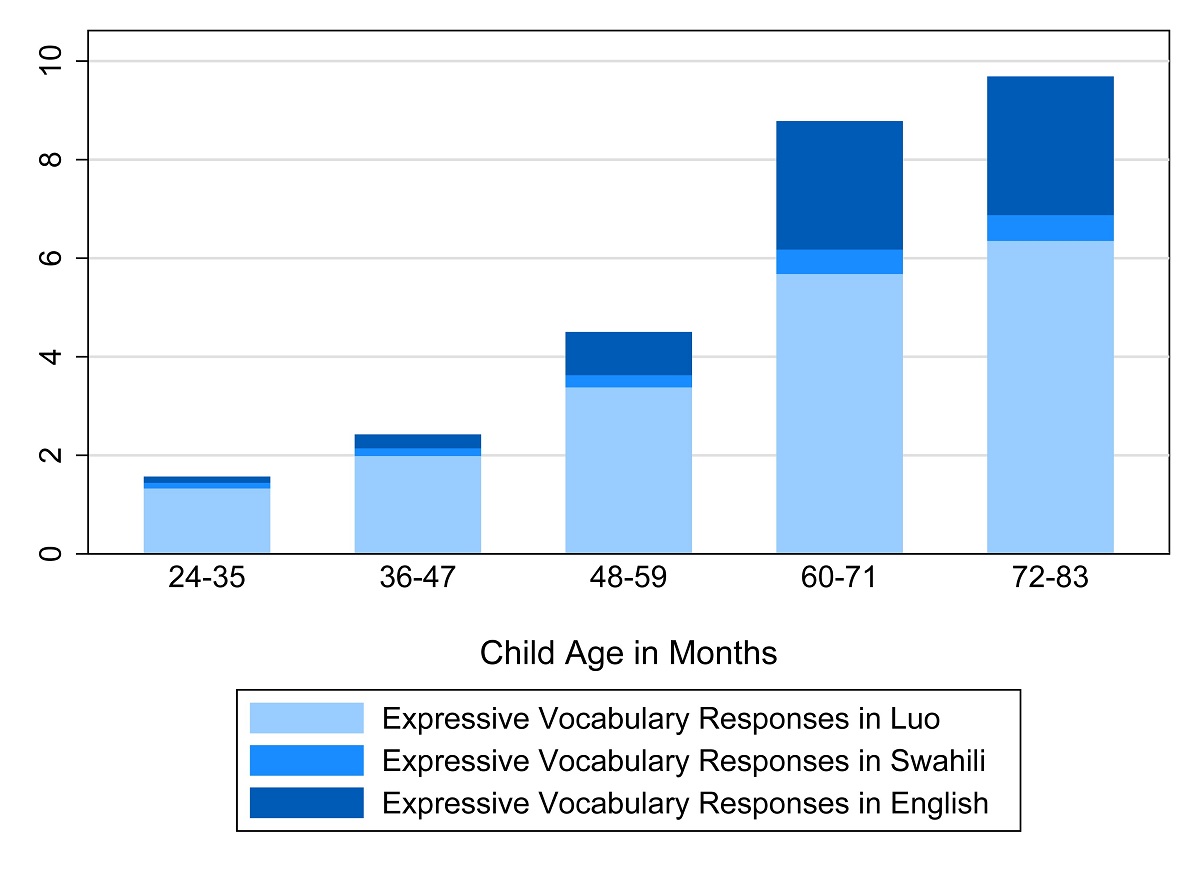Lots of children in low- and middle-income countries do not receive the nutrition or stimulation in early childhood that will help them thrive later in life. In recent years, many countries (along with their international partners) have increased investments in programs seeking to meet that need: parent training classes, increased access to daycare and preschool programs, nutrition supplementation, cash support, and more.
But while children are usually the target beneficiaries of early childhood development (ECD) interventions, they likely have impacts on another group of individuals: mothers and other caregivers. Daycare provision and the expansion of preschool may free up women’s time, while home visiting programs may impose on it. Cash transfers may reduce budget stress—but conditions attached to (conditional) cash transfers might increase it. In fact, ECD interventions that are unlikely to impact caregivers—for instance, the provision of vitamin supplements—are the exception rather than the rule; most interventions intended to improve child outcomes (e.g., daycare, preschool, cash grants, parenting classes) are likely to have some impacts on caregivers, and potentially other household members, as well.
And yet, most impact evaluations of ECD interventions ignore the potential for impacts on mothers and other caregivers. We looked at nearly 500 empirical studies of ECD interventions in low- and middle-income countries to understand how ECD programs affect women, especially mothers. In an article published in this week’s issue of Science—“The impact of early childhood interventions on mothers” (published version; open-access accepted version)—we report our findings.
Finding 1: Most studies ignore impacts on mothers and other caregivers
Fewer than one in every four studies of ECD interventions report any outcomes for mothers beyond those exclusively focused on parenting. Only about one in eight studies report impacts on mothers’ mental health, and even fewer report impacts on women’s labor force participation, physical health, or other aspects of empowerment. Only a handful of studies report impacts on older siblings—who also often provide care for young children—or on fathers.
Failing to measure impacts on caregivers implies that those impacts don’t matter. It could lead to overinvesting in programs that impose disproportionate burdens on women or underinvesting in programs that benefit both women and children. To paraphrase one of the main takeaways of the piece: we’re not doing evidence-based policy if we systematically ignore potential impacts of ECD programs on the adult women who care for young children.
Finding 2: The few studies that do measure impacts yield encouraging results
Even though too few studies measure impacts on the well-being on caregivers, the ones that do often find positive impacts. For example, daycare interventions consistently boost women’s labor force participation. Preschool may also boost women’s engagement in the labor force (albeit less consistently). Both group parenting classes and home visits from child development specialists improve maternal mental health in many contexts. What this means is that—if one were to extrapolate from this very small sample—the main problem with ignoring the impacts of ECD interventions on women is that we may not be valuing ECD interventions enough. If they boost women’s participation in the labor market, their income, or their mental health (or all three) as well as benefiting children, then ignoring these impacts would mean current cost-benefit analyses of ECD interventions are underestimated.
Children matter. So do the people who care for them. Better measurement of program impacts may strengthen the case for programs that invest in both.
CGD blog posts reflect the views of the authors, drawing on prior research and experience in their areas of expertise.
CGD is a nonpartisan, independent organization and does not take institutional positions.







